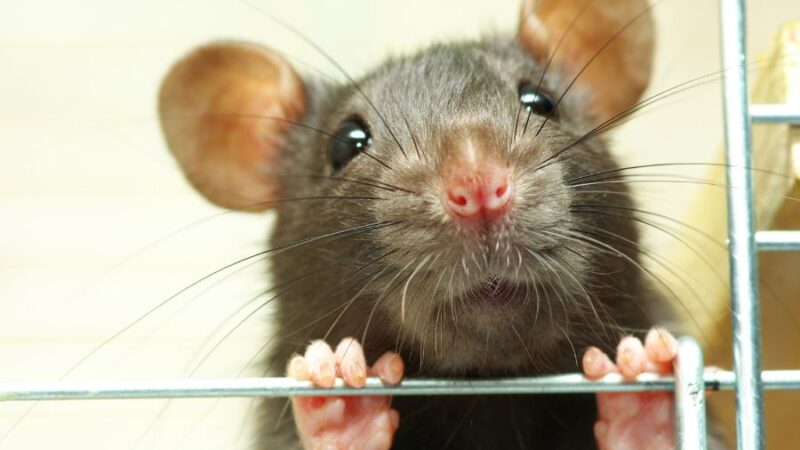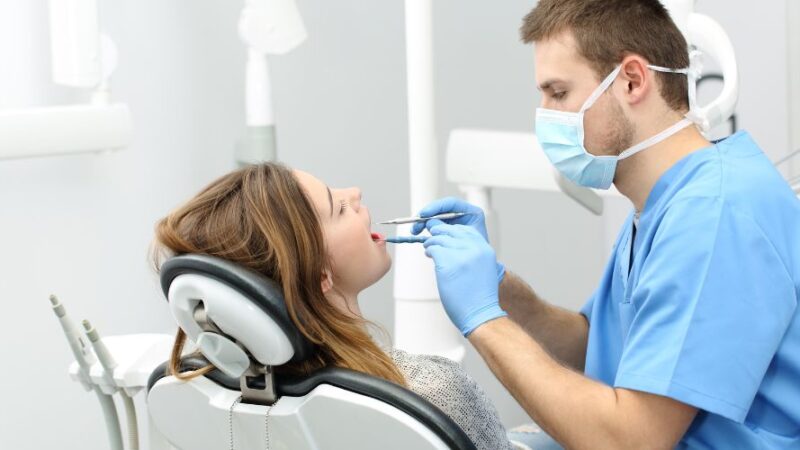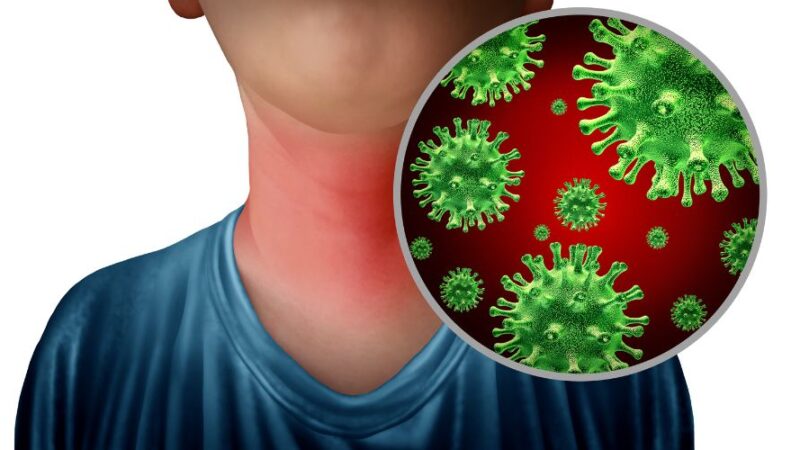Why Do You Sneeze So Much? Common Allergy Triggers Explained
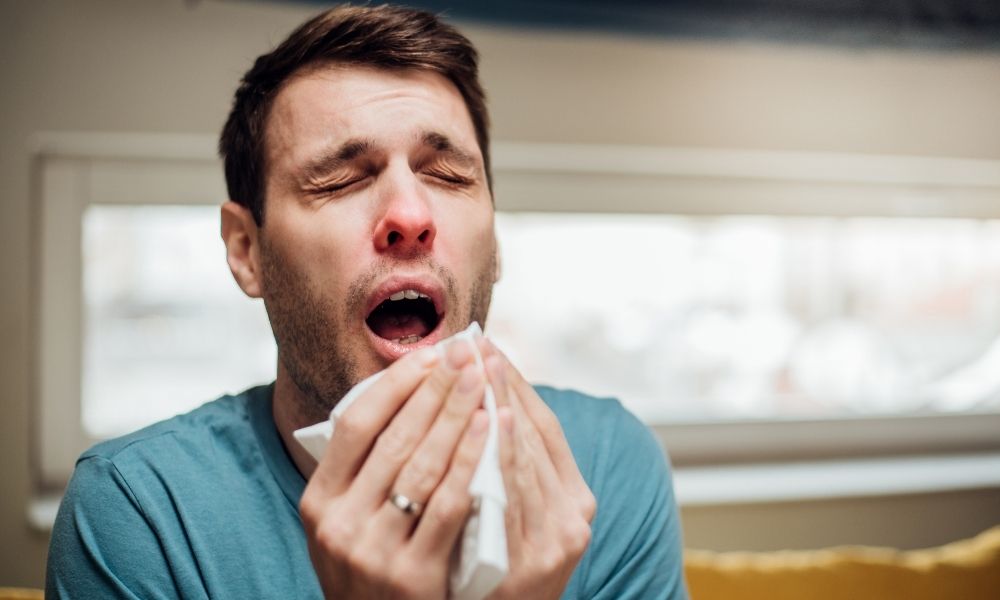
Ever find yourself sneezing again and again, even when you’re not sick?
One minute you’re fine, the next – Achoo! Achoo! – you’re in a sneezing marathon. It’s frustrating, sometimes embarrassing, and often confusing. You might start wondering: “Why do I sneeze so much? Am I allergic to something, or is it just dust?”
Sneezing is one of your body’s simplest yet most powerful defense mechanisms – it’s your nose’s way of saying, “Hey, something doesn’t belong here!” But when it becomes frequent or uncontrollable, allergies are often the main culprits.
Let’s break down why sneezing happens, the most common triggers, and what you can do to stop it naturally and safely.
What Happens When You Sneeze?
Sneezing, medically known as sternutation, is your body’s natural reflex to clear your nasal passages of irritants like dust, pollen, or microbes.
Here’s what happens in a flash:
- Your nasal nerves detect an irritant (such as dust or pollen).
- These nerves send a message to your brain.
- The brain signals your chest, diaphragm, and throat muscles.
- Then – boom! – you expel air through your nose and mouth at speeds up to 100 miles per hour (yes, really!).
💡 Fun Fact: The fastest recorded sneeze traveled at 102 miles per hour! That’s faster than most cars on the highway.
So, sneezing is a protective reflex, but frequent sneezing could mean your body is constantly reacting to irritants – a sign of allergies or sinus issues.
Why You Might Be Sneezing So Much
1. Seasonal Allergies (Hay Fever)
When spring or fall arrives, the air fills with pollen from trees, grass, and weeds. For people with allergic rhinitis (hay fever), even a little pollen can trigger a big reaction – sneezing, watery eyes, and nasal congestion.
Common pollen culprits:
- Spring: trees (oak, birch, maple)
- Summer: grasses (Bermuda, Timothy, rye)
- Fall: weeds (ragweed is a major offender)
💡 Fact: According to the Asthma and Allergy Foundation of America (AAFA), over 81 million Americans suffer from seasonal allergies every year.
Tip: Check daily pollen counts in your area and keep windows closed during high pollen days.
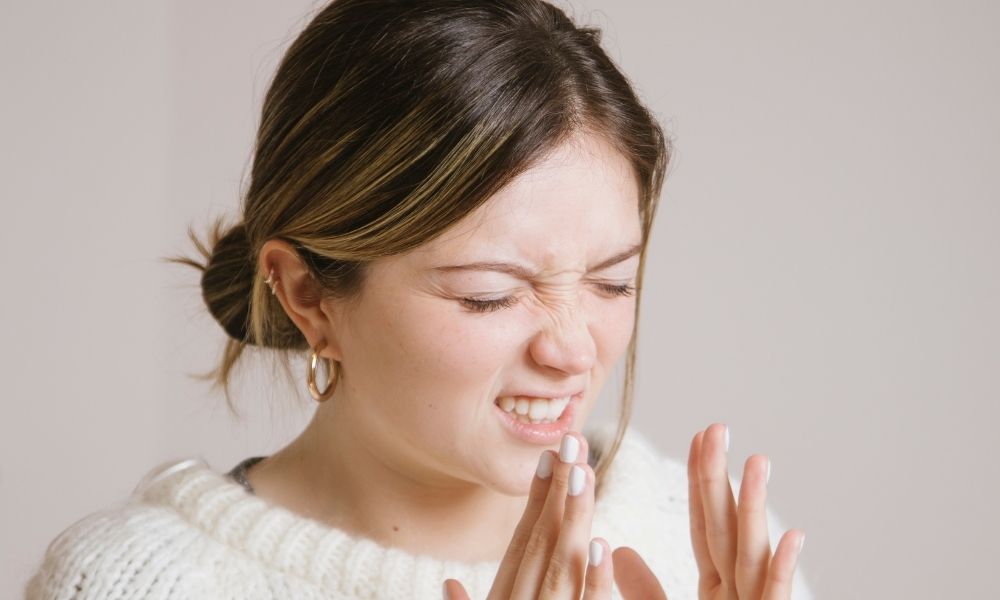
2. Dust Mites
If your sneezing worsens at home – especially when making the bed, vacuuming, or sitting on the couch – you may have dust mite allergies.
These microscopic creatures thrive in:
- Bedding
- Carpets
- Sofas
- Curtains
They feed on dead skin cells and produce allergenic waste that can cause sneezing, coughing, and itchy eyes.
Solution:
- Wash bedding weekly in hot water (above 130°F / 54°C).
- Use dust-mite-proof mattress and pillow covers.
- Vacuum with a HEPA filter.
Hidden Allergy Triggers in your Home
3. Pet Dander
You love your furry friend – but your nose might not!
Pet dander (tiny flakes of skin, saliva, and fur proteins) is a powerful allergen that lingers in the air and sticks to furniture and clothing.
Signs of pet allergies:
- Sneezing after petting or playing with animals
- Runny nose or itchy eyes around cats or dogs
- Symptoms worsening in rooms where pets sleep
Tip:
Brush pets outdoors, use air purifiers, and create “pet-free zones” (especially bedrooms).
💡 Fact: Cat allergens can remain in a home for months after a cat has been removed – they’re incredibly sticky and lightweight!
4. Mold Spores
Mold grows in damp areas – bathrooms, basements, and even in air conditioning units. When mold spores become airborne, they can irritate your nasal passages and trigger sneezing fits.
Watch out for:
- Musty smells
- Visible black or green patches on walls or tiles
Solution:
- Keep humidity below 50%.
- Use a dehumidifier.
- Clean affected areas with vinegar or mold-specific cleaners.
5. Strong Odors or Pollution
Even if you’re not allergic, irritants like smoke, perfumes, or pollution can trigger sneezing. This is known as non-allergic rhinitis.
Common irritants:
- Cigarette smoke
- Perfume or air fresheners
- Cleaning chemicals
- Car exhaust fumes
Tip: Avoid using heavy fragrances indoors and ventilate your home regularly.
6. Sinus Infections (Sinusitis)
If your sneezing is accompanied by facial pressure, thick mucus, or headaches, you might be dealing with sinusitis.
Infections or inflammation in the sinuses block airflow, causing congestion and frequent sneezing.
Treatment:
- Use saline sprays to keep nasal passages clear.
- Apply warm compresses.
- Consult an ENT specialist if symptoms persist.
7. Cold Air or Sudden Temperature Changes
Have you noticed you sneeze when you step into sunlight or walk out of an air-conditioned room? That’s called the photic sneeze reflex, and it affects up to 35% of people.
It’s triggered by sudden light exposure or rapid changes in temperature, confusing the nerves in your nose and eyes.
💡 Fun Fact: This reflex is also nicknamed “ACHOO syndrome” – short for Autosomal Dominant Compelling Helio-Ophthalmic Outburst.
The Science of Allergic Sneezing
When you’re allergic, your immune system overreacts to harmless substances like pollen or dust, treating them as threats.
Here’s the process:
- You inhale an allergen (e.g., pollen).
- Your immune system releases histamines.
- Histamines cause inflammation, mucus production, and sneezing to “flush out” the allergen.
That’s why antihistamines are the go-to medication for allergy relief – they block this reaction and help calm your symptoms.
Throat Infection – Causes, Prevention, Treatment
How to Stop Sneezing Naturally
You can’t completely eliminate sneezing (nor should you – it’s protective), but you can reduce how often it happens.
Try these easy, natural tips:
1. Keep Your Home Allergen-Free
- Vacuum often with a HEPA filter.
- Wash curtains and bedding frequently.
- Keep pets clean and groomed.
- Use an air purifier in bedrooms.
2. Strengthen Your Immune System
- Eat foods rich in Vitamin C (oranges, bell peppers, kiwis).
- Stay hydrated.
- Get enough sleep.
- Manage stress – it can worsen allergic responses.
3. Try a Nasal Rinse
Using a saline spray or neti pot helps flush allergens and mucus out of your nasal passages, reducing sneezing and congestion naturally.
4. Limit Outdoor Exposure During High Pollen Days
Check local pollen forecasts and try to:
- Keep windows closed.
- Wear sunglasses outdoors.
- Shower after spending time outside.
5. Use Antihistamines (if needed)
Over-the-counter allergy medicines like cetirizine (Zyrtec) or loratadine (Claritin) can help, especially during high-allergy seasons.
Always consult your doctor before long-term use or if symptoms persist.
When to See a Doctor
Frequent sneezing is usually harmless, but if it’s constant, painful, or affects your sleep and quality of life, see an allergist or ENT specialist.
Seek help if you experience:
- Sneezing fits lasting weeks
- Facial pain or pressure
- Bloody or thick nasal discharge
- Shortness of breath or wheezing
Your doctor may recommend allergy testing to identify specific triggers and guide treatment.
Final Thoughts
Sneezing might seem like a small inconvenience, but when it’s constant, it’s your body’s way of saying, “Something’s not right.” Whether it’s pollen, pets, or dust mites, identifying your triggers is the first step toward breathing easier.
And remember – you’re not alone. Over 30% of adults worldwide experience allergy-related sneezing, but with the right prevention habits and treatments, you can keep those Achoos! in check.
So next time you feel a sneeze coming on, just know – your body’s working hard to protect you. You just need to help it a little!

